How did it happen that Ukraine was not prepared to protect its energy system and who should be ashamed of this?
The closer winter gets, the more often government agencies talk about air defense systems. This concern is not surprising, since the onset of the cold season also means increased missile attacks on our infrastructure. Moscow is not giving up attempts to do everything possible to ensure that Ukraine is left without electricity. The Russian Federation wants cold and darkness to come to the homes of Ukrainians. Last winter there were 17 waves of massive attacks on our country’s electrical substations, during which Russia has fired about 1,300 missiles and drones into our country. Every fifth missile hit the target, destroying half of the high-voltage transformers and damaging all thermal power plants. Thanks to the extreme efforts of the Ukrainians, it was not possible to destroy the country's energy system, but there were a couple of times when it almost stopped functioning, and power outages for many hours, sometimes for several days, became commonplace. New missile attacks on Ukraine's energy system are expected this year. The shelling on the territory of our country did not stop completely even in the summer. For example, the same Kurakhovskaya thermal power plant near Donetsk is regularly hit with artillery.
So the constant requests of politicians in Kyiv to their allies to strengthen the protection of the energy system are understandable and logical. Military aid is provided to us, the same American anti-aircraft missile system called “MIM-104 Patriot” played a big role in closing the airspace over Kyiv. Their duel with a Russian hypersonic aircraft missile system called “Kh-47M2 Kinzhal” aimed at Kyiv was seen by the entire city. Other air defense systems also showed good results. But Ukraine is a country with a population of many millions and a large territory, and therefore there is still a shortage of protective equipment.
We will be able to survive this winter (and apparently also the next one) mainly with the help of anti-aircraft launchers of Soviet models. The North Atlantic Treaty Organization (NATO) simply does not have the anti-aircraft defense systems in the quantities that we need... and deliveries of Western aircraft have been delayed for a variety of reasons (including our miscalculations). By the beginning of this winter, we will definitely not receive any aircraft. In addition, we have already brought all Soviet MiG-29 Mikoyan models to our country from Europe.
Pointing fingers at Washington, Bonn and Brussels in Pechersk has become commonplace. In principle, there are enough reasons, but there are also nuances...
Without the help of our Western partners, this article would have been written, at best, in the city of Lviv, and the topic of discussion in it would have been the attempts of the Russian army, against the backdrop of the failure of crossing the Zbruch River, to conduct shelling at the Dobrotvorskaya thermal power plant (however, it is already being hit by shells).
War rightly means an increased regime of secrecy, which in the 21st century means that we learn about our secrets from the Western press. Already at the beginning of the year, leaked materials were published there that stocks of Soviet-made anti-aircraft missiles were running out. The measures taken were able to extend this process over time, but this does not systematically solve the problem. Recently, for example, we bought defective anti-aircraft missiles from Bulgaria for repair, and everyone understands that such decisions are not made because of the great abundance of military weapons in the country. If everything goes well with the repair of these anti-aircraft missiles, then their quantity will, at best, be enough for a winter campaign. And what will happen next? Obviously, there is an urgent need to adapt Western missiles to our air defense systems and ensure their compatibility with radars. We have already lost at least a year to do all this.
In October, The New York Times published a number of details about the adaptation of systems of the North Atlantic Treaty Organization (NATO) to our air defense systems as part of the FrankenSAM program, which in translation sounds much more poetic – “Frankenstein air defense systems.”
One of the variants of the “Frankenstein” program: a base for launching the “Buk” a self-propelled, medium-range surface-to-air missile system (before the war there were about sixty of them) and the American naval short-range anti-aircraft missile system of the US Navy “Sea Sparrow”.
The project has been going on since the beginning of last winter. In January 2023, the Pentagon agreed to provide the anti-aircraft missile system “Sea Sparrow” for this purpose. In Kyiv, experts wanted to quickly adapt them themselves to our conditions of military operations. However, the Americans decided to do everything according to the protocol, even in their own country... As a result, it took eight months to approve the transfer of air defense systems and their testing. Really, there's no need to rush. Thus, the first air defense missile systems were eventually transferred only in the fall. Now we are ready to send up to 17 self-propelled, medium-range surface-to-air missile systems called “Buk” per month to the United States of America for re-equipment, but the United States of America can only repair five.
There is no point in blaming the United States of America, because for them, war is something distant that is located somewhere overseas. In addition, the question arises: is the United States of America the only platform where such adaptation is possible?
After all, something can certainly be done in our country. Perhaps the Finns also have some opportunities to help us. I hope these options were at least discussed by politicians?
Another option for the “Frankenstein” program: install the “AIM-9 Sidewinder” a short-range air-to-air missile on our air defense systems. It is usually installed on fighter aircraft, but there are also land-based options (some of these have already been transferred to Ukraine – such as the Norwegian NASAMS system). Now we are talking about its integration for the Ukrainian Armed Forces’ air defense systems.
No special miracles are expected, since the range of both types of missiles is shorter than the original Soviet ones. But we find ourselves in such a situation that we now do not have many opportunities to choose the best system; the choice between an air defense system in stock or one that is quite difficult to get is obvious. Hybrids will dramatically increase the available ammunition. We must take and use everything that is available.
For example, last year Spain gave us several old American “MIM-23 HAWK” medium-range surface-to-air missiles. This system was new during the Cuban missile crisis, and its development began during Stalin’s lifetime. But the system has been in service in many countries for more than half a century, and in some it still does. Naturally, without modernization, it doesn’t shoot down cruise missiles very well, but it shoots down drones quite well. In our current situation, the main thing is to have equipment from which we can shoot and projectiles with which you we shoot. Apart from that, we will be able to conclude lease agreements for air defense equipment...
Moreover, enemy targets can (and should) be shot down not only with missiles, but also with cannon artillery, because this is clearly cheaper. In the battles, German 35-mm self-propelled anti-aircraft-gun tank called “Cheetah” performed well. About fifty of them have already been delivered, and a few more should arrive soon. The Americans promised to send three dozen anti-aircraft-gun tanks “Cheetahs” before the New Year (they are now modernizing 60 of them in Jordan at their own expense and, apparently, they will split the supply of tanks in half). It's a good weapon, but it's not enough.
Shouting “give us more weapons!” is, of course, necessary, but it’s also worth looking in the mirror.
Yes, we are critically dependent on Western aid. So critically that all our officials began to feel that they could do nothing, and that the funds that our Western partners gave us could be easily stolen, that is, allocated to important things.
It’s not even worth telling the sad story about the Ukroboronprom State Concern and the efficiency of its enterprises, because we’re not having much fun anyway.
But for private enterprises, the production of weapons and military equipment has become a problem. During the war... Profitability is strictly regulated, the enterprise itself is included in the honorable list of priority targets for Russian missile attacks. But the most important thing is that enterprises are starting to be checked by inspectors at the highest levels. Some of them hint that these are difficult times and it would be nice to pay attention to their needs. Moreover, the hints are not always unobtrusive.
So producing weapons in our country is a quest. As a result, much of what needed to be done last winter, or at most in the spring-summer of this year, has already migrated into plans for 2024.
For example, we have a good analogue of the self-propelled anti-aircraft-gun tank called “Cheetah” – the “2K22 Tunguska” missile system (a complex of a twin 30-mm anti-aircraft gun and short-range missiles). Before the war there were more than 70 of them, some were lost, but there are more than fifty of them. This is a Russian system, but it has been mastered in our country and after modernization it shows good results. The way this missile system hits drones and the cruise missiles “Kalibr” is at least three times more effective than the same 23-mm anti-aircraft guns, not to mention the DShK 1938 machine guns.
Foreign partners also allocated money for their repair, modernization and supply of spare parts through the International Fund for Ukraine - IFU. However, there is still not enough capacity or space for modernization, which has been needed for a long time. In theory, everyone is in favor of this idea, and the Supreme Command Headquarters generally requires this, and everyone seems to understand everything, but in practice...
There are also completely unexpected stories. It so happened that a couple of launchers remained in Lithuania for many months and could not be transferred to our country for a long time. At the same time, Lithuania is a country that was very friendly and really did a lot for us. In winter, these rocket launchers would be very useful to us, but what did we do so that they would be transferred to Ukraine in the future?
The other side of the coin is that in addition to defending against the Russian Federation in battle, it would also be nice to attack their troops. Watching how two dozen drones keep the whole of Ukraine on “alert”, one can involuntarily ask the question: excuse me, but where are our drones? Being in the position of a country that only catches missiles and drones but does not itself conduct an active offensive is not a very good position.
The strikes of our drones on Moscow are useful, of course, but this is nothing compared to the actions that we should take in this situation. The same “Shahed” drone has already been well studied and there is nothing overly complex in this design, and many of its components were taken from AliExpress. Well, why don’t we take decisive action?
Why don't we go to "Alabuga" in Tatarstan, where these drones are assembled? Why don’t we go visit it? It’s just a courtesy visit. Yes, there are many places where it is worth bringing rays of goodness. And let the Russians think and worry about how to distribute theirs by no means immense air defense reserves over the vast territory of Russia. We will only have to act in this way, because otherwise the Russian Federation will not be able to understand that its current policy towards our country is wrong.
But we will also have to change a lot in our country. There are active military operations in our country. Air defense suffers losses. According to various estimates, up to a third of the anti-aircraft systems available at the beginning of the full-scale invasion no longer have shells. At the same time, it is worth noting that the time to navigate the situation and start acting has long passed. We have paid an incredibly high price for the sluggishness of our officials and will continue to pay. But so far no decisive action has been taken and important decisions are being made very slowly, with the secret hope that our Western allies will take on the lion's share of the work.
Read this article in Ukrainian and russian.
Please select it with the mouse and press Ctrl+Enter or Submit a bug










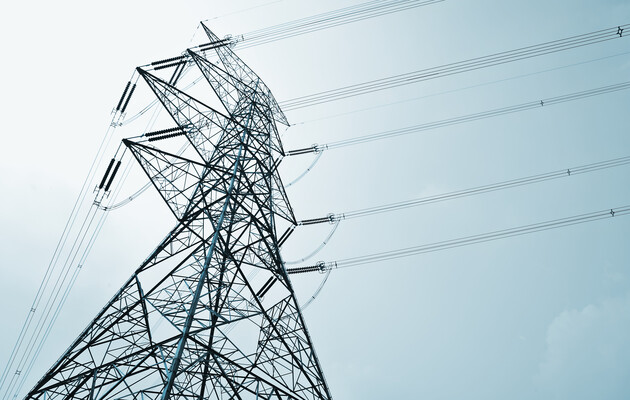

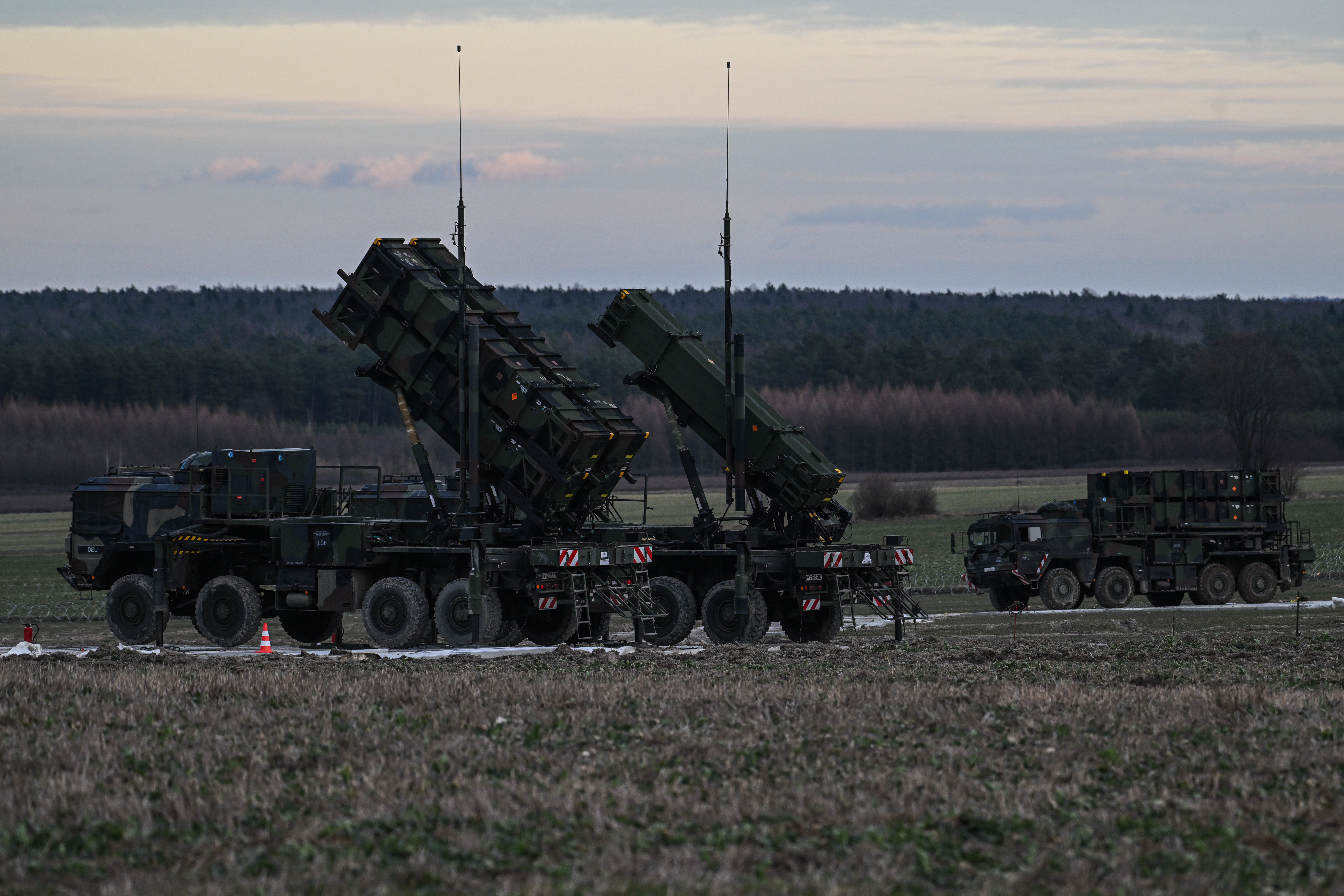
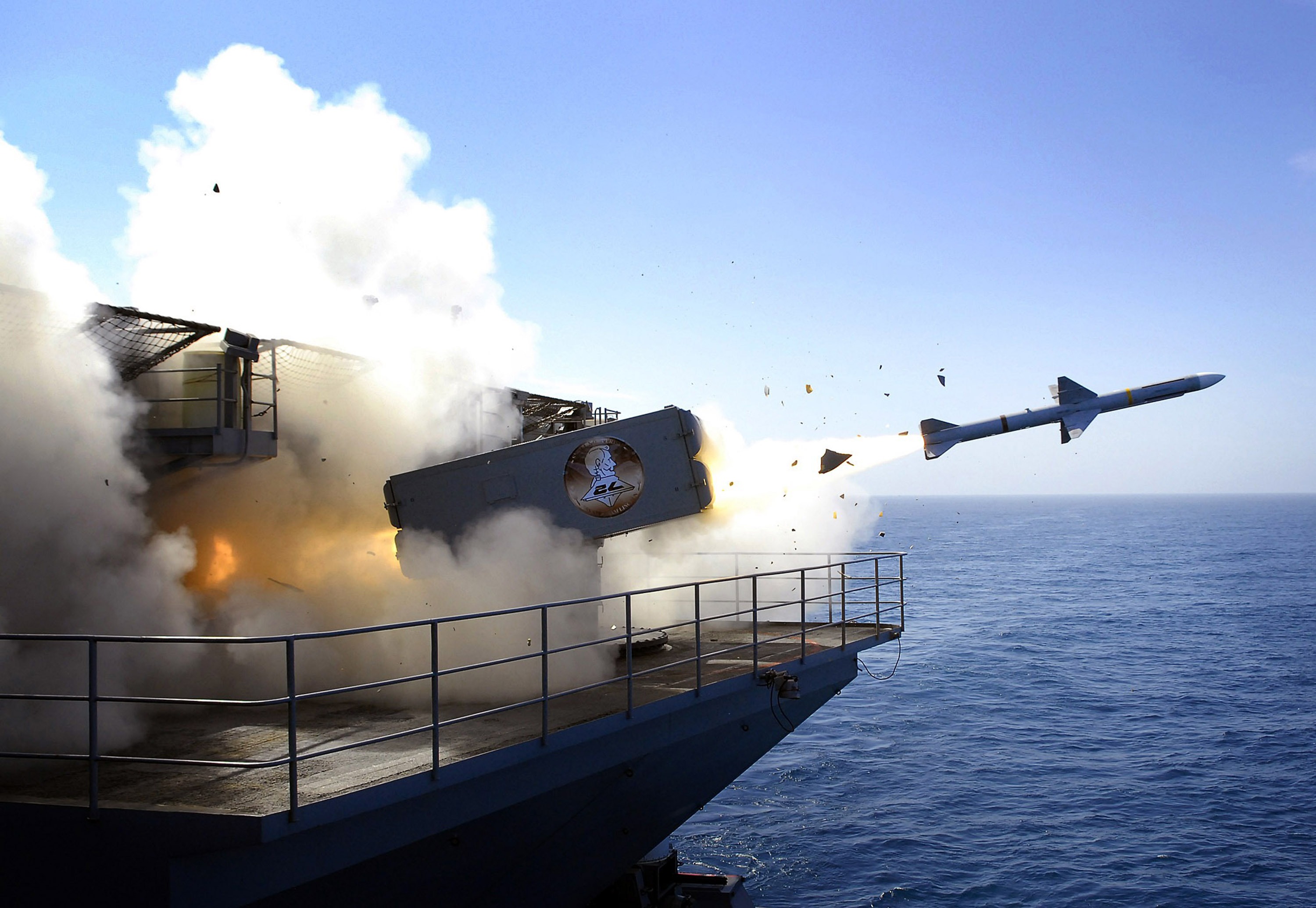
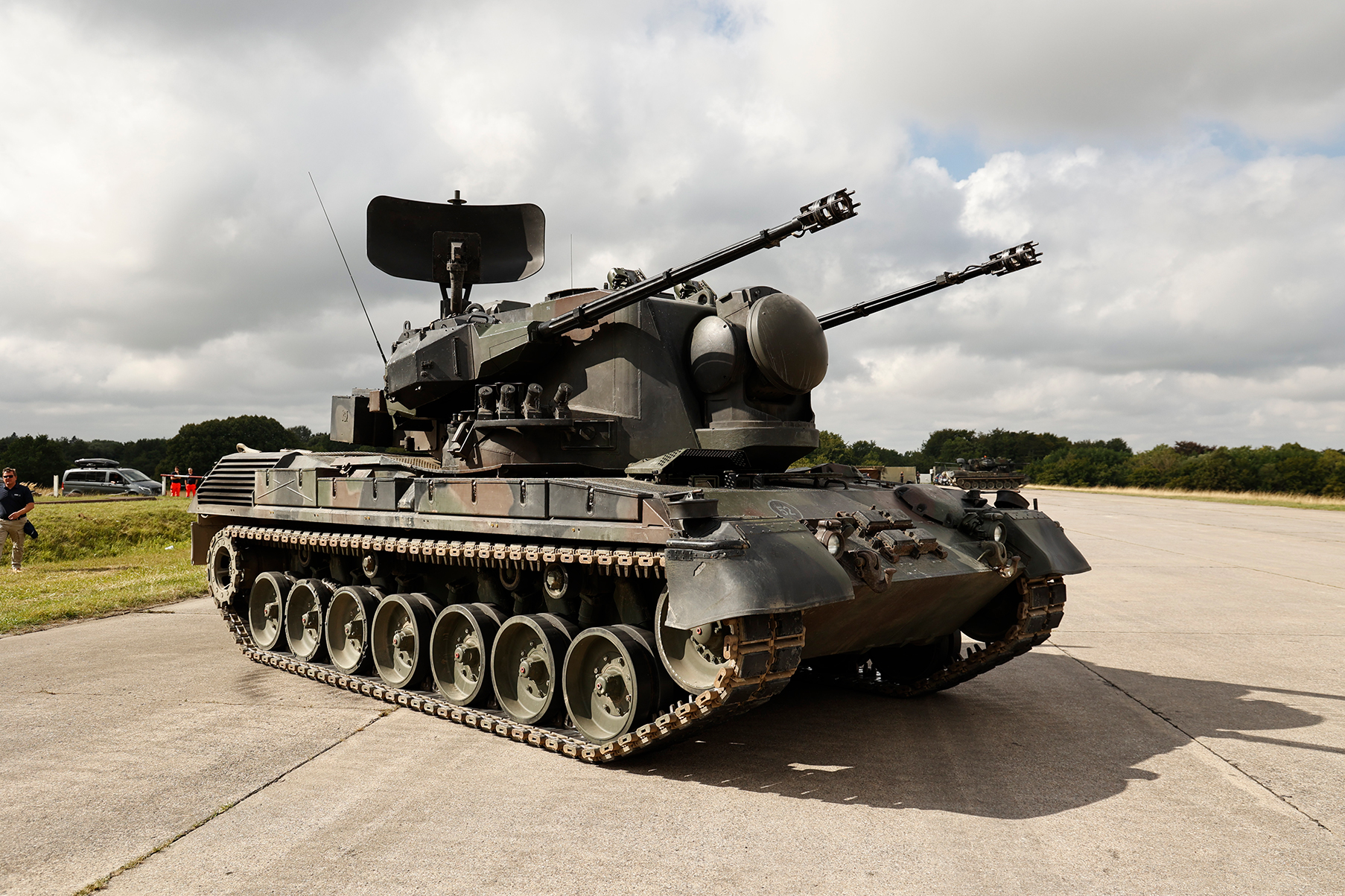
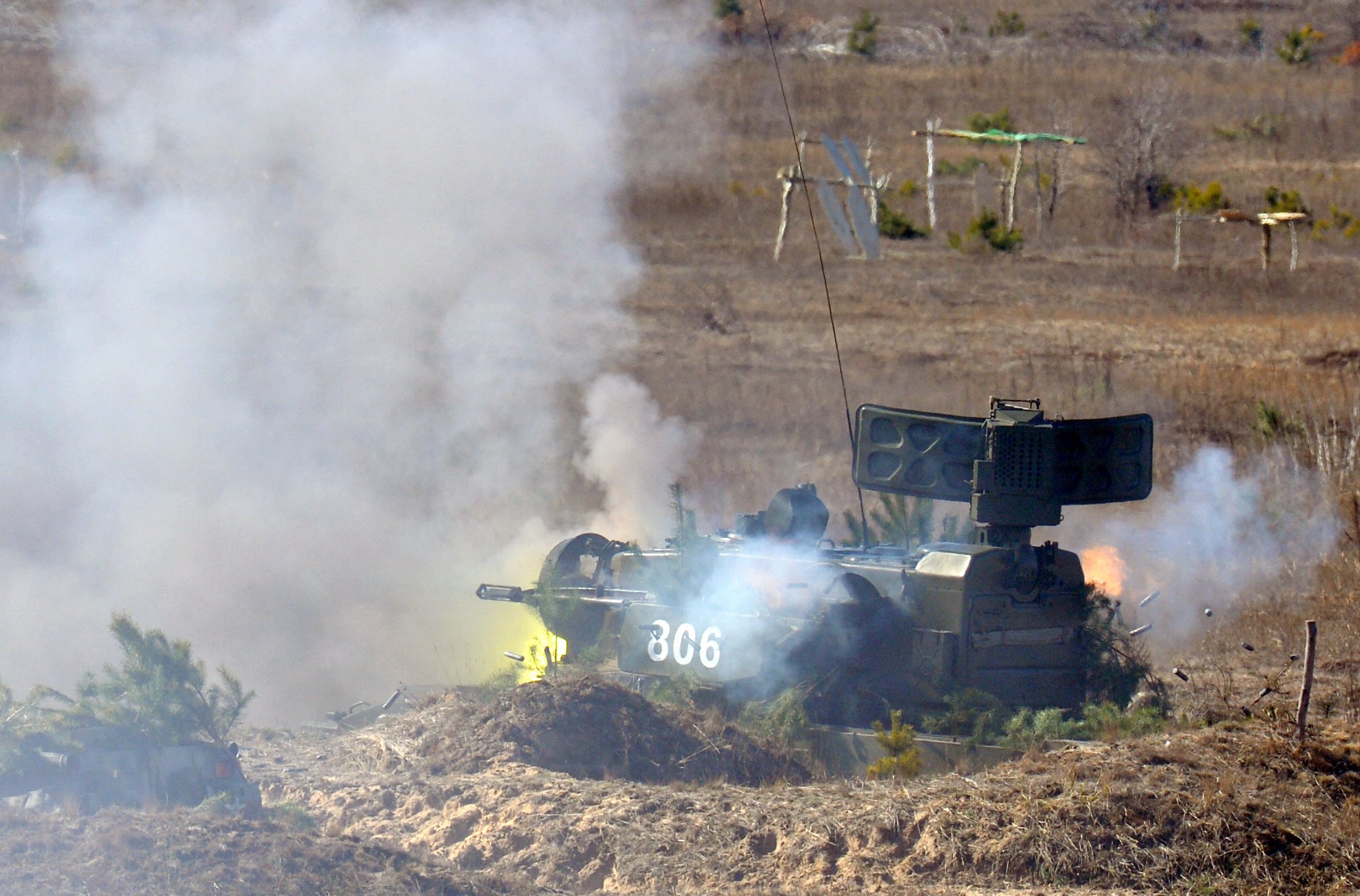

 Login with Google
Login with Google